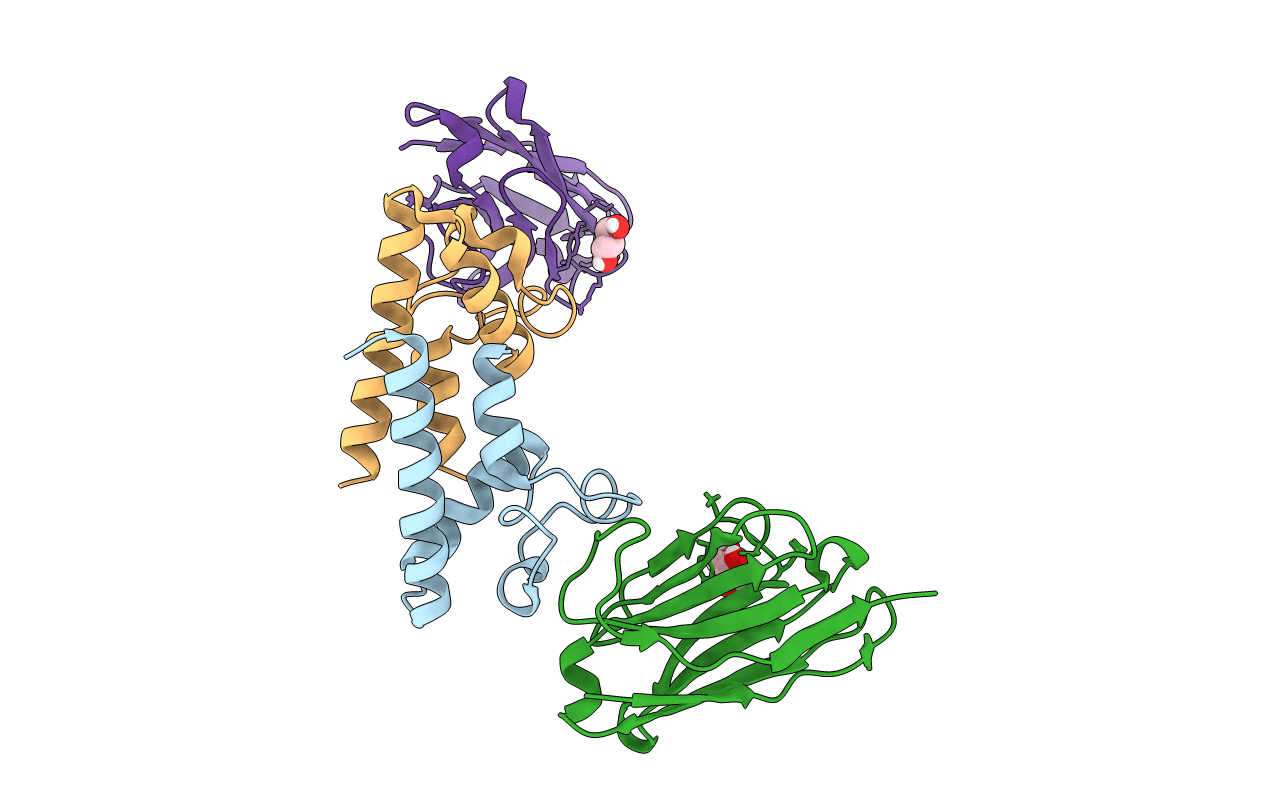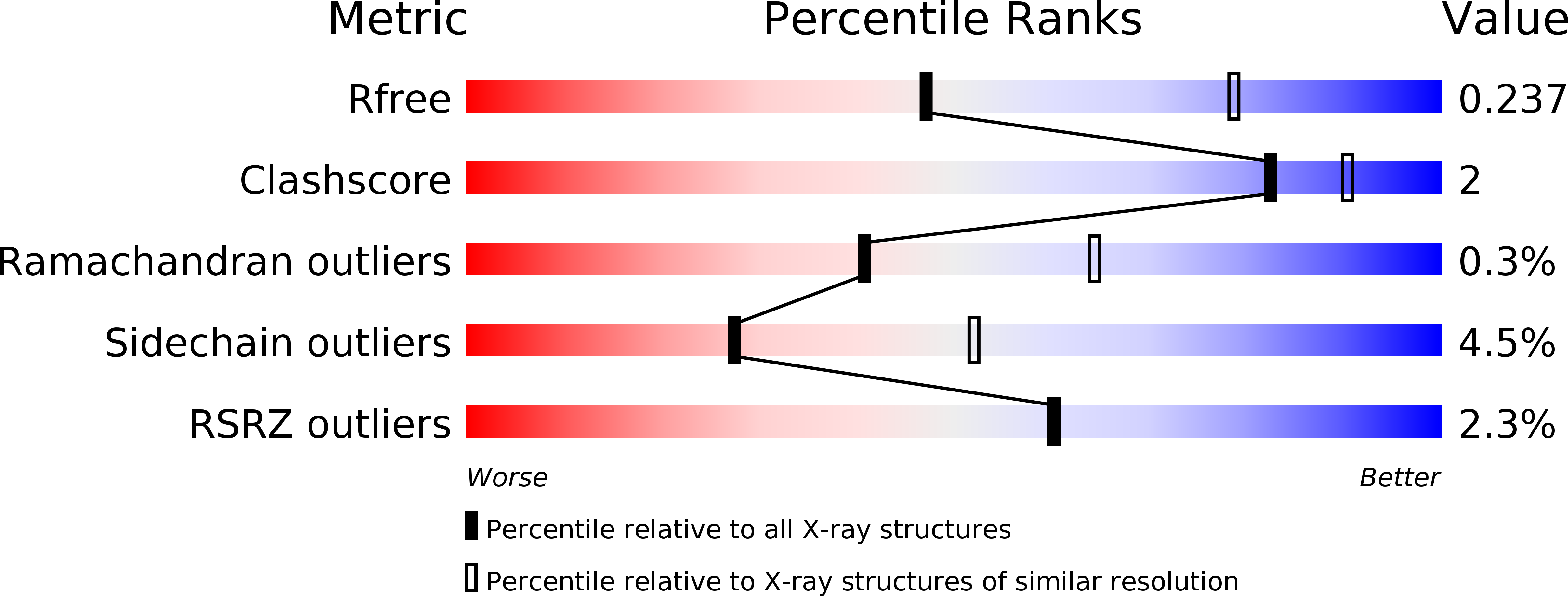
Deposition Date
2020-05-14
Release Date
2020-09-23
Last Version Date
2024-11-13
Entry Detail
PDB ID:
6Z20
Keywords:
Title:
Structure of the EC2 domain of CD9 in complex with nanobody 4C8
Biological Source:
Source Organism:
Homo sapiens (Taxon ID: 9606)
Lama glama (Taxon ID: 9844)
Lama glama (Taxon ID: 9844)
Host Organism:
Method Details:
Experimental Method:
Resolution:
2.68 Å
R-Value Free:
0.24
R-Value Work:
0.20
R-Value Observed:
0.20
Space Group:
I 21 21 21


